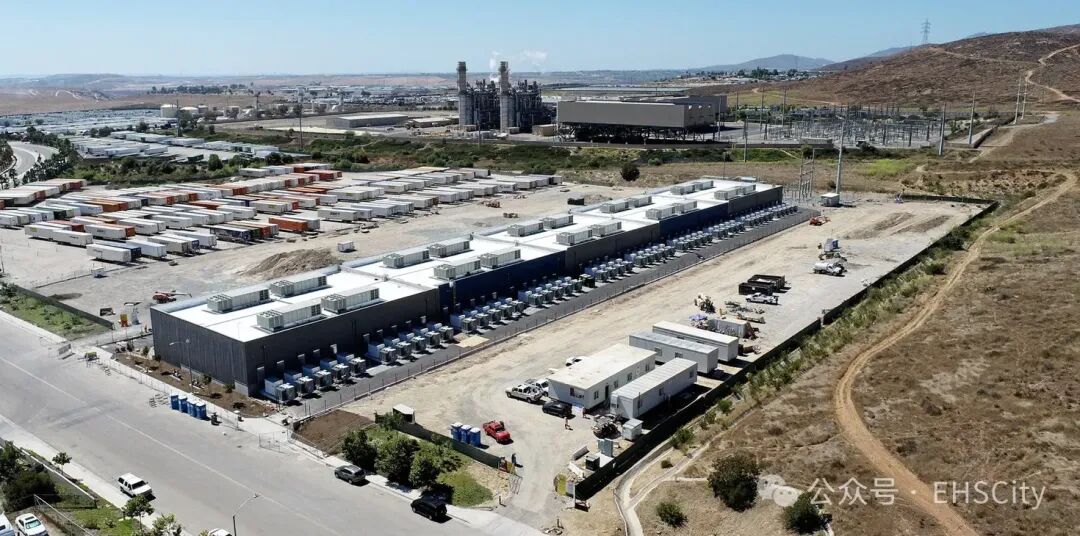Lithium-ion battery fires are rare but extremely hard to put out and have blackened image of key clean energy technology

An aerial view of the 250MW Gateway Energy Storage project in California.Photo: LS Power
A fire at a California lithium-ion battery energy storage facility once described as the world’s largest has burned for five days, prompting evacuation orders.The fire broke out on Wednesday at the 250MW Gateway Energy Storage facility owned by grid infrastructure developer LS Power in San Diego.A fire crew managed to get the blaze at the 16,000-square foot facility under control after around 24 hours, lifting evacuation orders that were made.
But the fire has twice re-ignited and has now caused “major damage” to the building, including burning through part of the roof, prompting evacuation orders to be reinstated.The California fire department said that “harmful gases” were making access an issue for firefighters.In a Sunday evening update, the fire department said conditions have “improved greatly, though light wispy smoke is still visible.”It has taken 40 firefighters to contain the blaze, it said.The San Diego battery facility came online in 2020 and was billed at the time by grid infrastructure developer LS Power as the largest battery energy storage project in the world.Using LG Chem Lithium-ion cells, it beat the previous record held by a 150MW project in Australia, although has since been surpassed by other facilities.Rev Renewables, the LS Power subsidiary that owns and operates the Gateway facility, said in a statement to The Dan Diego Union-Tribune on Sunday that it has been in contact with the fire department over the blaze.Lithium-ion battery fires are rare but have blackened the image of a clean energy technology essential to the energy transition.Such fires are difficult to put out because lithium-ion battery fires generate their own oxygen. So while water-based fire extinguishers help cool down blazing batteries they only rarely put out fires entirely, as demonstrated by the recent blaze.Concerns over fires and the toxic gasses they can emit are now a frequent source of opposition to lithium-ion energy storage facilities near residential areas.The energy storage sector meanwhile continues to come up with alternatives marketed as safer options to lithium-ion, which has long been the industry-leading battery storage technology.Energy storage is crucial to the energy transition, as it saves excess wind and solar power for when the sun isn’t shining and the wind isn’t blowing.The International Energy Agency estimates that 1,500GW of energy storage capacity, six times today’s level, is needed to help the world meet its goal of tripling renewable energy by 2030.